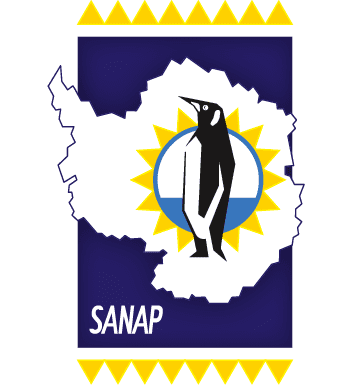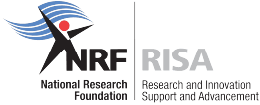The Marion Island mouSe Ecology (MISE) Project: Towards a comprehensive understanding of impacts of the invasive house mouse on the terrestrial biodiversity of Marion Island
 (Above: Azorella selago – left: intact, right: eaten by mice)
(Above: Azorella selago – left: intact, right: eaten by mice)
This SANAP-funded project will set out to model the terrestrial food web on Marion Island, with a specific focus of understanding the role of the the invasive house mouse (Mus musculus), on the biodiversity and ecosystem functioning of Marion Island. The house mouse is an apex terrestrial predator on the island, i.e. it has few to no natural predators, but probably has a major effect on organisms on the island from across the food chain. This exercise is of utmost importance because the house mouse has detrimental effects on a large percentage of species on the island, ranging from seabirds to plants and macroinvertebrates; yet, some of these impacts are not well understood. Also, mouse eradication is planned for Marion Island in 2025. Only if we know what the current impact of mice are on the Marion Island ecosystem, can we predict the efficacy of the eradication..

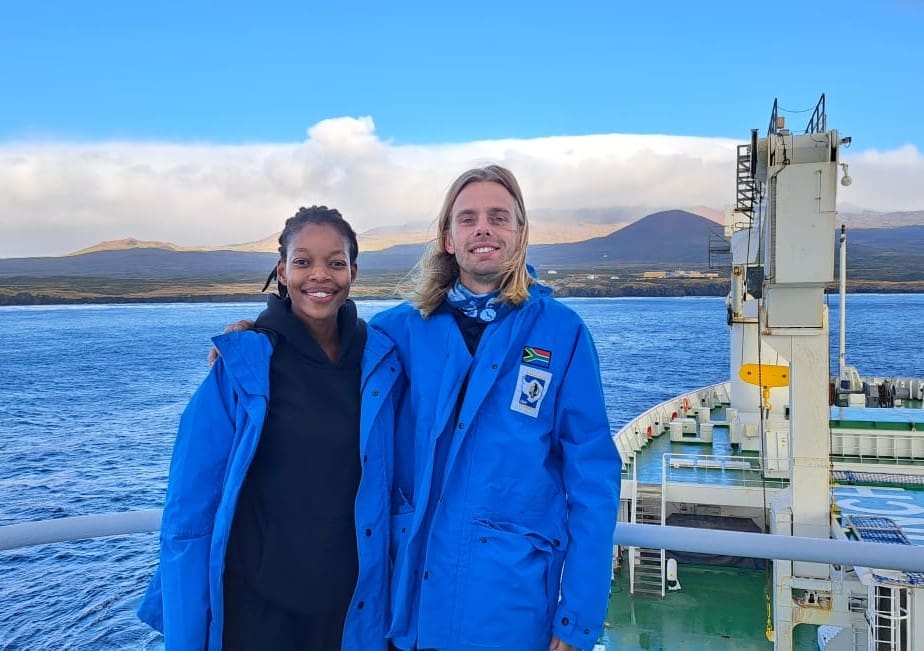 (Above: Elmar van Rooyen and Rabia Mathakutha. Left: before departure. Right: On board S.A.Agulhas II with Marion Island in the back)
(Above: Elmar van Rooyen and Rabia Mathakutha. Left: before departure. Right: On board S.A.Agulhas II with Marion Island in the back)
A major aim in the coming year will be to assess plant seed herbivory by mice, to see how this may have affected vegetation dynamics, and how mouse removal may affect vegetation dynamics; and also to understand current levels of invertebrate biomass on Marion Island. Invertebrates make up a major portion of the mouse diet, and repeat sampling since the 1970s has shown successive decreases in biomass. We will also be collecting data for isotope analyses to understand the food web on Marion Island in order to predict knock-on effects of mouse eradication and predict ecosystem recovery. Finally, we will be continuing long-term monitoring programmes of plants and invertebrates that were recently started, and also conduct some repeat sampling of protocols that were conducted some decades ago in order to assess how the system has changed in the last decades.
- Principal Investigator: Michelle Greve
- Affiliation: Department of Plant and Soil Sciences, University of Pretoria
- Research Programme: Towards a comprehensive understanding of impacts of the invasive house mouse on the terrestrial biodiversity of Marion Island
- Participants:
Marion 81 Overwintering Team: Elmar van Rooyen (University of Pretoria – UP)
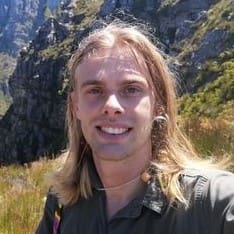 Allow me to introduce myself briefly. I am a 29-year-old conservation ecologist with a profound passion for nature and exploration. I hold an M.Sc. degree in Conservation Ecology & Entomology and possess a diverse skill set that includes expertise in ecology, restoration ecology, horticulture, botany, entomology, education, and management. Throughout my career, my focus has predominantly been on Southern Afrotemperate forests, and I have accumulated significant experience in South African forest ecology. I am drawn to this expedition for several reasons. Foremost, the opportunity to explore the unique environment of Marion Island presents a once-in-a-lifetime chance for me to expand my knowledge and understanding of sub-Antarctic ecosystems. While I may not have prior experience with the island, I firmly believe that firsthand experience is the most effective way to comprehend its ecology and wildlife. Moreover, I am deeply committed to the conservation of natural habitats, and Marion Island’s status as a biodiversity hotspot underscores the urgency of our research efforts. The presence of invasive house mice poses a significant threat to the island’s flora and fauna, necessitating thorough investigation and potential eradication strategies. Additionally, I am eager to contribute to studies on the impact of alien plant species and assist in devising methods for their control. I have always had a profound appreciation for fieldwork, and I relish the opportunity to immerse myself in hands-on research once again. Marion Island’s rugged terrain and unique challenges excite me, and I am prepared to tackle them head-on in the pursuit of conservation objectives.
Allow me to introduce myself briefly. I am a 29-year-old conservation ecologist with a profound passion for nature and exploration. I hold an M.Sc. degree in Conservation Ecology & Entomology and possess a diverse skill set that includes expertise in ecology, restoration ecology, horticulture, botany, entomology, education, and management. Throughout my career, my focus has predominantly been on Southern Afrotemperate forests, and I have accumulated significant experience in South African forest ecology. I am drawn to this expedition for several reasons. Foremost, the opportunity to explore the unique environment of Marion Island presents a once-in-a-lifetime chance for me to expand my knowledge and understanding of sub-Antarctic ecosystems. While I may not have prior experience with the island, I firmly believe that firsthand experience is the most effective way to comprehend its ecology and wildlife. Moreover, I am deeply committed to the conservation of natural habitats, and Marion Island’s status as a biodiversity hotspot underscores the urgency of our research efforts. The presence of invasive house mice poses a significant threat to the island’s flora and fauna, necessitating thorough investigation and potential eradication strategies. Additionally, I am eager to contribute to studies on the impact of alien plant species and assist in devising methods for their control. I have always had a profound appreciation for fieldwork, and I relish the opportunity to immerse myself in hands-on research once again. Marion Island’s rugged terrain and unique challenges excite me, and I am prepared to tackle them head-on in the pursuit of conservation objectives.
Marion Takeover 2024: Rabia Mathakutha (South African Polar Research Infrastructure -SAPRI)
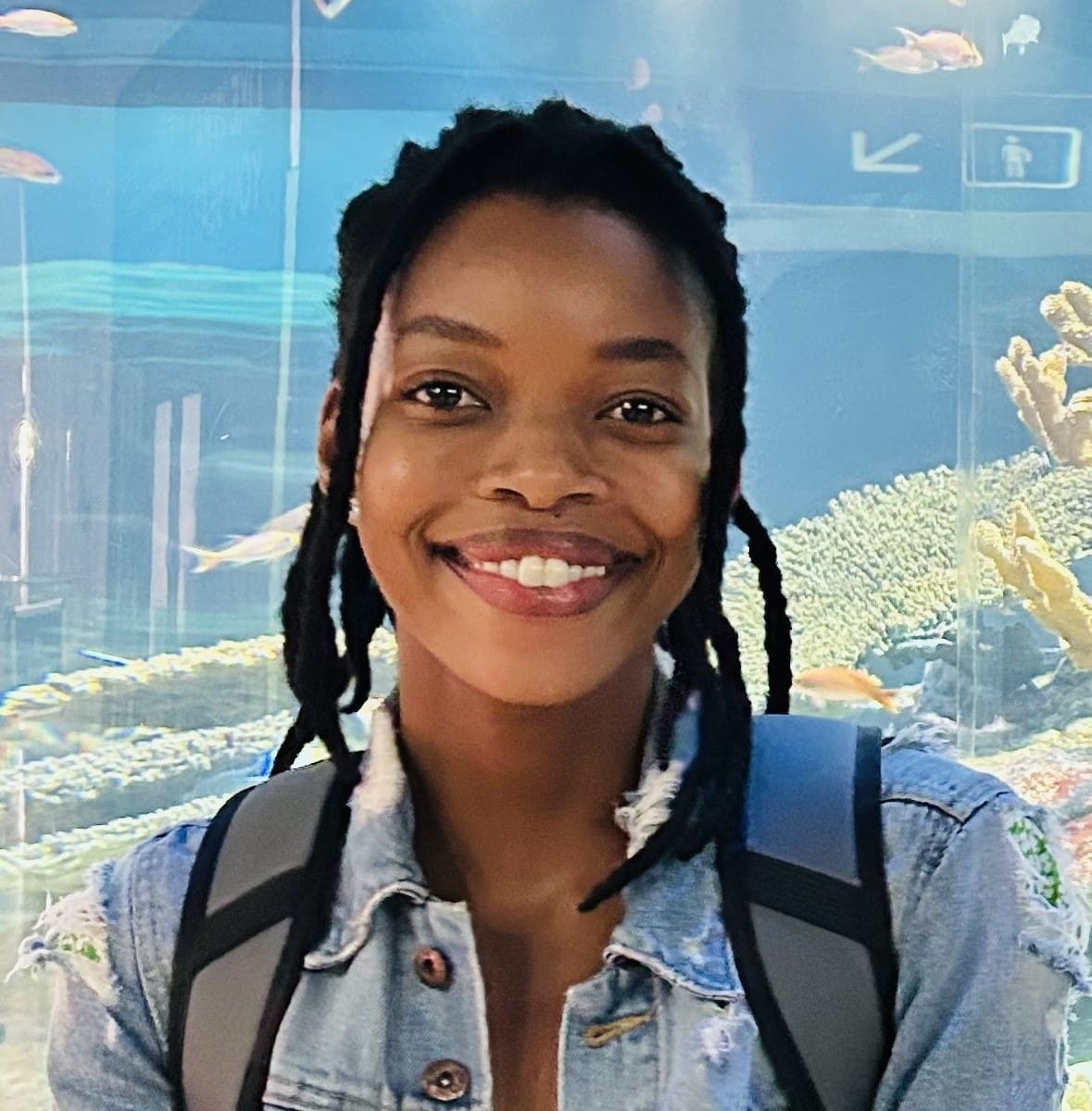 Rabia is excited to participate in the 2024 Marion Island Relief Expedition. Rabia is an ecologist by training and will be working as part of the University of Pretoria research team towards a comprehensive understanding of impacts of the invasive house mouse on the terrestrial biodiversity of Marion Island. Rabia first visited the island as part of her Masters research project during the 2015 and 2016 relief expeditions. Rabia’s MSc in Plant Science was focused on understanding plant invasion potential and environmental change responses in the sub-Antarctic region, using Marion Island as a case study. This is when her passion for understanding and participating in the conservation of South Africa’s polar environment was ignited. In her current capacity, Rabia is a research coordinator for the Data, Products and Society (DPS) Integrated Facility of the South African Polar Research Infrastructure (SAPRI). She continues to support the polar research environment by ensuring coordinated access to research infrastructure and societal benefits through science engagement and science communication. Rabia views this chance to revisit the island as a once-in-a-lifetime opportunity, one that will not only build upon previous efforts in understanding plant dynamics but also advance our understanding of ecological processes in response to a threatening invader. There’s no better place to study this than Marion Island, our own natural laboratory, and where it’s most urgently needed. As part of the larger Mouse-Free Marion project, Rabia considers this as a significant contribution to global conservation efforts, and in her words, “saving the world!”.
Rabia is excited to participate in the 2024 Marion Island Relief Expedition. Rabia is an ecologist by training and will be working as part of the University of Pretoria research team towards a comprehensive understanding of impacts of the invasive house mouse on the terrestrial biodiversity of Marion Island. Rabia first visited the island as part of her Masters research project during the 2015 and 2016 relief expeditions. Rabia’s MSc in Plant Science was focused on understanding plant invasion potential and environmental change responses in the sub-Antarctic region, using Marion Island as a case study. This is when her passion for understanding and participating in the conservation of South Africa’s polar environment was ignited. In her current capacity, Rabia is a research coordinator for the Data, Products and Society (DPS) Integrated Facility of the South African Polar Research Infrastructure (SAPRI). She continues to support the polar research environment by ensuring coordinated access to research infrastructure and societal benefits through science engagement and science communication. Rabia views this chance to revisit the island as a once-in-a-lifetime opportunity, one that will not only build upon previous efforts in understanding plant dynamics but also advance our understanding of ecological processes in response to a threatening invader. There’s no better place to study this than Marion Island, our own natural laboratory, and where it’s most urgently needed. As part of the larger Mouse-Free Marion project, Rabia considers this as a significant contribution to global conservation efforts, and in her words, “saving the world!”.
Text and images by MISE.
